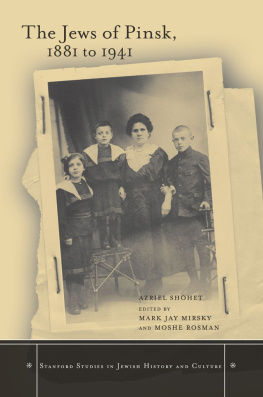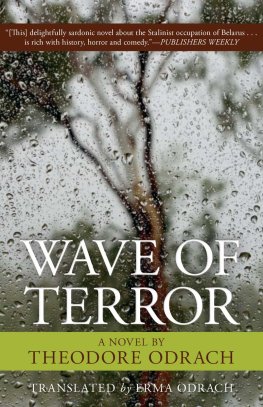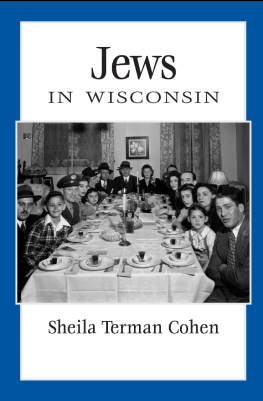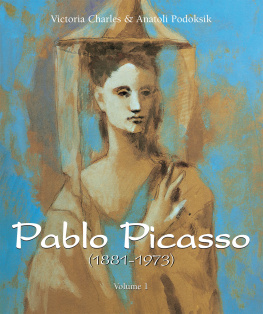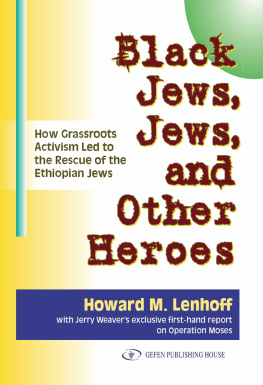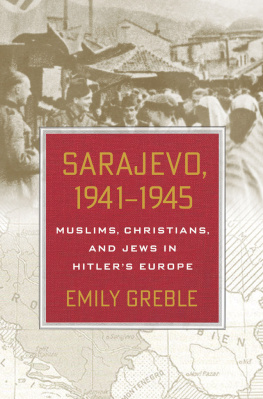Stanford University Press
Stanford, California
English translation 2012 by the Board of Trustees of the Leland Stanford Junior University. All rights reserved.
The Jews of Pinsk, 1881 to 1941 was originally published in Hebrew in 1977 under the title Toledot Kehillat Pinsk-Karlin: 18811941. 1977, the Association of the Jews of Pinsk in Israel.
Preface and Afterword 2012 by the Board of Trustees of the Leland Stanford Junior University. All rights reserved.
This book has been published with the assistance of the Littauer Foundation; its translation was funded by the National Endowment for the Humanities and Shepard Broad. The editors gratefully acknowledge the assistance of The City College of New York and Steven J. Zipperstein, Daniel E. Koshland Professor in Jewish Culture and History, Stanford University.
No part of this book may be reproduced or transmitted in any form or by any means, electronic or mechanical, including photocopying and recording, or in any information storage or retrieval system without the prior written permission of Stanford University Press.
Printed in the United States of America on acid-free, archival-quality paper
Library of Congress Cataloging-in-Publication Data
Shohet, Azriel, author.
[Toledot kehilat Pinsk 641/1881-701/1941. English] The Jews of Pinsk, 1881 to 1941 / Azriel Shohet ; edited by Mark Jay Mirsky and Moshe Rosman ; translated by Faigie Tropper and Moshe Rosman ; with an afterword by Zvi Gitelman.
pages cm
Originally published in Hebrew in 1977 under the title Toledot Kehillat Pinsk-Karlin: 1881-1941.
This is the second part of a major undertaking carried out by scholars in Israel to recover and narrate the history of the important Jewish community in Pinsk.
Includes bibliographical references and index.
ISBN 978-0-8047-4158-3 (cloth : alk. paper)
ISBN 978-0-8047-8502-0 (e-book)
1. JewsBelarusPinskHistory. 2. JewsBelarusPinskSocial conditions. 3. JewsBelarusPinskEconomic conditions. 4. Jews EducationBelarusPinskHistory. 5. Pinsk (Belarus)Ethnic relations. I. Mirsky, Mark, editor. II. Rosman, Murray Jay, editor. III. Title.
DS135.B382P567 2011
305.892404789dc23
2011030062
Typeset by Bruce Lundquist in 10.5/14 Galliard.
The Jews of Pinsk, 1881 to 1941
Azriel Shohet
Edited by Mark Jay Mirsky and Moshe Rosman
TRANSLATED BY FAIGIE TROPPER AND MOSHE ROSMAN WITH AN AFTERWORD BY ZVI GITELMAN
STANFORD UNIVERSITY PRESS
STANFORD, CALIFORNIA
STANFORD STUDIES IN JEWISH HISTORY AND CULTURE
EDITED BY Aron Rodrigue and Steven J. Zipperstein
Dedicated to the Memory of Azriel Shohet Israel and Devorah Mirsky Jacob Chimerinsky and Eva Rimland Chimerinsky Majer and Esther Baruch
Contents
Mark Jay Mirsky
.
Zvi Gitelman
Figures, Tables, and Maps
Figures: The photographs follow page
.
.
.
.
.
.
.
.
.
Tables
Maps
Preface
Mark Jay Mirsky
This past year, I spoke about The Jews of Pinsk to a group of painters, sculptors, and intellectuals who meet to read the twentieth-century literature of Central and Eastern Europe. I was surprised by their enthusiasm about this exhaustive study of a small town in Eastern Europe. I might have expected it from academic historians of Europe or professors of Jewish Studies, but not contemporaries busy as creative artists. I explained my own fascination with Pinsk in a preface to The Jews of Pinsk, 1506 to 1880. My father was born there, in 1905 or 1906; the discrepancy in record keeping speaks to a drama of nationalities: Russian, Polish, Belarusian, Ukrainian, as well as religions and cultures. Its plot begins in 1506 on the first page of Mordechai Nadavs history of the Jews of Pinsk but does not end in 1941 when the last page of this second volume, Azriel Shohets [also spelled Shohat, Shochat], is turned. The citys extinction as a vital Jewish community lies a year beyond.
Nadavs volume starts with a privilege signed by the Grand Duke of Lithuania, Prince Feodor Ivanovych Yaroslavich, in 1506, though there were Jews in Pinsk before. It grants permission to build a synagogue, establish a cemetery, and confirms their rights. The document corroborates the Jewish presence at this point of loading and unloading of goods. Pinsk lies at the juncture of a river system that stretches east and west, north and south. Long before 1506 its waters brought the goods of faraway worlds from the kingdoms of the Vikings to the courts of Byzantium through its muddy streets. The waters of the Pina and Pripet linked this small town to the Baltic and the Black Sea in an international trade that girded the Atlantic Ocean and the Mediterranean. Pinsk seems to be in a forlorn backwater of Eastern Europe, stranded in the swamps of southern Belarus, until one realizes that it lies along the trading routes that join the worlds of distant seas and countries. The record of Jews in Pinsk begins not in medieval Europe but in the Renaissance, yet Jews felt that they had lived there much longer. A bulky Yiddish town book, which preceded the two histories, was called Toyzent Yor Pinsk or in English, Pinsk, a Thousand Years. Before the Holocaust destroyed the Jewish character of Pinsk, the romance of its long existence as an important center where Jews were in the majority, generated affection even for the blottes or swamps, in which the city sits. The atmosphere of intellectual excitement and the civic generositydespite the tumult and violence that often broke out among its factionsmade it a point of pride to cite as a birthplace. In 1941the year that the Pinsker Branch 210 of the Workmens Circle brought out Toyzent Yor Pinskemigrants from the city who had spread to the United States, Canada, Argentina, and Palestine must have hopeddespite the hostile attitude of the Polish state, a brutal Soviet occupation since 1939, and the imminent Nazi invasionthat the city of their childhood would rise, as it had for over half a millennium, would remain an important center of Jewish life. In a Messianic era a volume called Pinsk, Two Thousand Years might still include this town in Belarus as one of its mother cities.
The bustling Pinsk of crowded synagogues and Hebrew schools and speakers now lies in a storied past. Thanks to Nadavs history, we can walk its streets in the sixteenth, seventeenth, eighteenth, and much of the nineteenth centuries and imagine ourselves there: hear their rabbis, businessmen, teachers, and even secular intellectuals, the early proponents of a new Jewish culture and the first Zionists. Shohets history brings us closer to our own reality so that the voices of Pinsks tailors, factory workers, and revolutionaries are recordedparticularly those of the men and women who suffered through the violence of the late nineteenth and early and mid-twentieth century.
Moshe Rosman, in his introduction to Nadavs volume, explains the importance of both these volumes in setting the historical record straight in regard to the truth of Jewish life in Eastern Europe. Although surrounded by villages and backward hamlets, Pinsk was a vital urban center. Readers who wish to understand what is unique about the present volume from that perspective should refer to Rosmans introduction where he discusses Shohets achievement and his career as a historian as well. Moshe summed it up, however, in a few sentences for the present volume, Shohets book carefully pieces together thousands of historical fragments, both published and unpublished, to create a holistic view of this important, and in many ways representative, Eastern European Jewish community. This is the most detailed, comprehensive study of a single Jewish community over several centuries. It empowers readers to arrive at a profound understanding of the structures, processes, and contexts of life in Eastern Europefor Jews as well as their neighborsin ways that are simply unavailable elsewhere.

